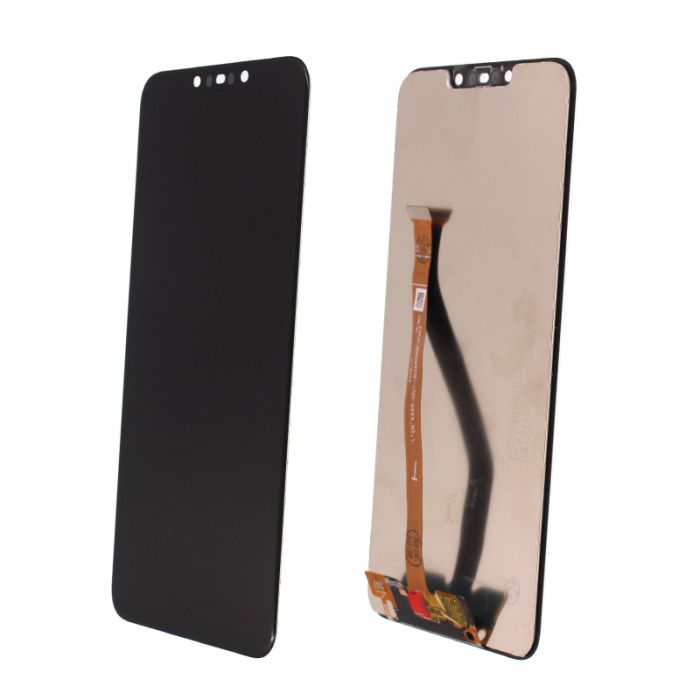
How to Replace a Cracked or Improperly Functioning Huawei Mate LCD at Home
Having a cracked LCD screen or an improperly functioning touch panel on your Huawei Mate 10 can be frustrating. But if you have the right tools and follow this guide, you can replace your phone’s screen yourself at home for a low cost.
Supports one-cable connection. The host to be connected must support both display (DP Alt Mode) and PD charging protocol.
Screen Size
Huawei is better known for phones, laptops and tablets than monitors but it also makes a small range of flat and curved panels. The 28-inch MateView on test here stands out with a stylish, eye-catching minimalist design, smart features and a productive 3:2 aspect ratio.
A touch-sensitive bar on the right Huawei Mate LCD side of the screen enables you to control OSD settings and change display parameters such as contrast, sharpness, colour temperature and eye comfort. You move between choices using swipes and select by tapping. The default color temperature is set to 6605K, with greenish whites, but there’s a control slider for this if you prefer cooler colours.
The monitor is wired for HDMI, USB-C and MiniDP and it has built-in Wi-Fi 6 with support for wireless projection of a compatible HUAWEI smartphone or Honor tablet. However, you’re capped at 3,240 x 2,160 resolution when you use this feature and there’s a noticeable amount of lag.
Resolution
The Huawei Mate LCD is a beautiful-looking monitor with a 3:2 aspect ratio that gives you plenty of screen real estate. It also has a bright, vibrant display that covers 100 percent of the sRGB color space. The monitor is extremely thin and has a sturdy stand that lets you adjust the height and tilt.
There are some drawbacks to having a high resolution, however. The first is that it can be hard to read text, and the other is that it takes up a lot of power to render pixels. This can result in a lower battery life.
Thankfully, the Huawei and Honor smartphones running on EMUI ROM come with inbuilt settings that make it easy to change the screen resolution. You can do this by accessing the Settings app via a shortcut on your home screen or through the notification pull-down. From there, go to the Display settings and select the option ‘Screen resolution’. Once you have done that, you can choose from the available options. You should try out each of them to see which one works best for you.
Contrast Ratio
The screen has a high brightness and contrast ratio, and colors are vivid yet realistic. The backlight is uniform, though there is some dimming in the corners. This display supports FreeSync on both its DisplayPort and HDMI inputs. When used with a compatible Nvidia graphics card, the FreeSync feature works well. In the Pendulum Demo utility, we saw smooth output without frame tearing even when playing an extremely demanding game at high settings.
The pre-calibrated display comes with a Delta E below 2. It can cover the sRGB imaging color gamut and 98% of the more extensive DCI-P3 video colour space. It’s a good choice for everyday tasks, casual games and movies and TV shows.
The panel has a black point of 0.14 nits. That gives a fantastic contrast ratio of 1321:1. Its colour accuracy is also very good, with a Delta E below 1. The sRGB profile delivers excellent colours and the DCI-P3 mode is a little less vibrant but still acceptable. It’s also TUV Rheinland low blue light certified and flicker free.
Brightness
The Mate LCD’s screen is bright enough for comfortable viewing in most lighting conditions. Its colors remain accurate at extreme angles, and its display refreshes 120 times per second to ensure a smooth visual experience.
The Huawei Mate LCD uses a wide color gamut display that offers good coverage for reds and greens but falls short on blue primary colors. Default Android calibration for wide gamut displays tends to lead to oversaturated colors, and the Mate 9 is no exception. Using the custom setting improves accuracy slightly, but the display remains a bit inaccurate overall.
The display enables you to adjust the color temperature to suit your preferences. You can set the display to a warmer or cooler color tone, which can be helpful when viewing videos or games in bed at night. The display also supports HDR, so you can enjoy richer colors and better contrast when watching content. However, the screen is not compatible with Dolby Vision. This is a bit of an omission given the display’s quality and its price point.
Colors
If the display on your Huawei Mate is displaying color distortion or has a yellowish, reddish, or blueish cast, you may have an issue with screen calibration. The color temperature setting determines how your device shows colors, and it can be changed through the Settings app.
When the color temperature is set to Default or Warm, your phone displays a balanced and natural tone. If you prefer a cooler tone, you can change it to Cool Huawei Mate LCD or Custom. The colors of your display can also be adjusted using the Eye Comfort feature, which reduces the amount of blue light emitted from the screen.
According to rumors, the Huawei Mate 40 Pro (“Noah”) will have a 6.67-inch waterfall-type curved screen from BOE and a 90 Hz refresh rate. The rumors also mention a 50 MP (“liquid lens”) + 20 MP (ultra-wide) + 8 MP (periscope camera) dual-camera setup, the HiSilicon Kirin 9000 SoC, and 128 GB, 256 GB, or 512 GB of storage space.



